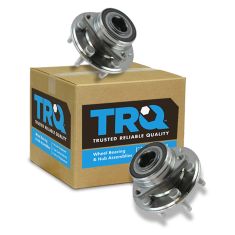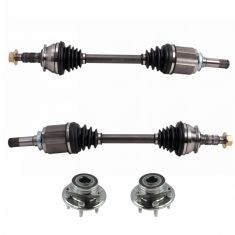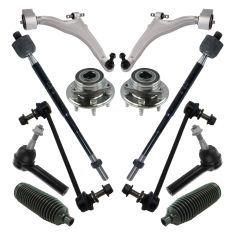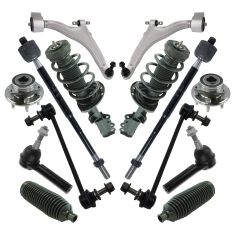1ASHF00484-Cadillac SRX Saab 9-4X Wheel Bearing & Hub Assembly TRQ BHA54129
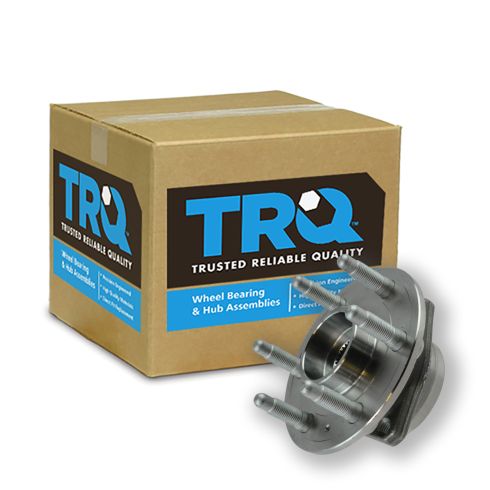
Replaces
2012 Cadillac SRX Front Driver Side Wheel Bearing & Hub Assembly TRQ BHA54129

Product Reviews
Loading reviews
5.00/ 5.0
13
13 reviews
Satisfied customer!
October 30, 2017
This product is outstanding and the price is great. I will definitely continue to buy this product from your company. The service I received was second to none. I will definitely refer business to you when possible.
Thank you,
Brad Noe
Fast delivery, Great Price!
November 10, 2017
Ordered with no problem hub bearing arrived in just a few days, part is working great i will definitely be shopping with them if ever i need anything auto.
Cadillac SRX Wheel Bearing & Hub Assembly
November 12, 2018
This wheel bearing and hub assembly is of great quality! i will continue to purchase them from here if needed. This is the second one that we have purchased through 1A Auto and i am more than happy with my purchase.
July 25, 2019
No humming and that's so awesome
Perfect fit
August 25, 2019
Replaced both rear wheel bearings on my 2016 srx. They were an exact match and the install videos helped immensely. Total time for both was under 3 hrs. My truck sounds like a Cadillac again.
Wow!!
September 25, 2020
Not only was it the right part it was delivered in a timely fashion and they also had a video on how to replace it. Thank you A-1 auto. You saved me time and money ??
January 18, 2022
Fast shipping will do again
April 20, 2022
Perfect fit. Easy instal thanks to the video guide.
Great videos, great price.
May 29, 2022
Found the A1Auto video on how to change out bearings. Video on getting stuck bearings out really helped. Price for bearing was lower than local auto parts stores so I ordered three (had previously replaced one).
Quality Wheel Hub Assembly
October 13, 2023
Good quality wheel hub assembly and had no issues during installation. Best value compared to local auto parts store.
February 25, 2024
great part, on time
Hub Assemblies Easy Fix
May 7, 2024
Install went smoothly following the TRQ videos. Hub assemblies make this easier.
June 19, 2024
Quick delivery, good price
Customer Q&A
What do I torque the 3 hub bearing bolts to?
July 10, 2016
10
Sorry we do not have the 3 stud torque spec. It should be in your repair manual or the local Cadillac parts department can supply you the spec on your particular model.
July 11, 2016
Brian F
10
125
October 7, 2020
O L
Is the sensor built into the wheel bearing and hub assembly ?
April 13, 2018
10
No, the sensor is not required it's not built into the hub..
April 14, 2018
T H
Does this product connect with the abs?
May 15, 2019
10
Yes, the item is also able to work for vehicles with ABS.
May 15, 2019
Emma F
Yes how do I know which one I need rear left or real right ?
January 7, 2023
10
The front can fit either side so can the back. So if you buy a front hub it will work on either side same as back.
January 7, 2023
Yoneiqua P
10
There could be multiple reasons why you're having this particular problem. We suggest taking your vehicle to a nearby reputable shop to identify the cause. Once you know the cause, we'll be happy to see if we carry the parts and how-to videos needed for your repair.
January 7, 2023
Ricale A
Cadillac is a registered trademark of General Motors Company. 1A Auto is not affiliated with or sponsored by Cadillac or General Motors Company.
See all trademarks.








